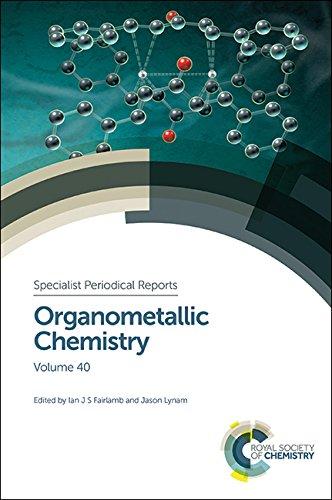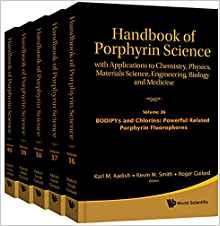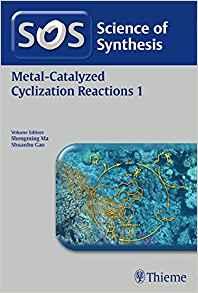Chemistry , Organic Chemistry
Proton-Coupled Electron Transfer : A Carrefour of Chemical Reactivity Traditions
Description Proton-coupled electron transfer (PCET) is emerging as an important new class of reactions and, over the past decade, great strides have been made in our understanding of them. PCET reactions are studied in many branches of chemistry and are omnipresent in biological processes. This book covers recent developments from both the theoretical and experimental points of view. It concentrates on the importance of PCET in biological systems and for bioenergetic conversion. The oxidation of water in Photosystem II to produce oxygen, and the reduction of protons to hydrogen by hydrogenase, for energy storage gets particular emphasis. Chemical reactivity is currently explained in terms of several scientific principles. One of them is the bond-breaking-bond-forming process and is conceptually based on potential energy surfaces. Another incorporates the role of Franck-Condon factors resulting from the overlap of vibrational wavefunctions. A third, the so-called solvent reorganization, involves solvent configuration around a charged species. PCET brings together such concepts and links them to quantum mechanical tunnelling of the electron particle. This book uses personal accounts of experimental examples to provide additional insight on this important topic. It starts by presenting a general overview of the main theoretical approaches and experimental applications. The chapters then go on to cover topics including: the application of the Marcus Cross Relation; the solvation of ionic systems; experimental approaches in biological redox systems; metal ion-coupled electron transfer, and electrochemical concerted proton-electron transfers.
- Spivey, James J.
- Royal Society of Chemistry
- 2012
- 157
- Hardback
- 9781849731416
Поткатегории











